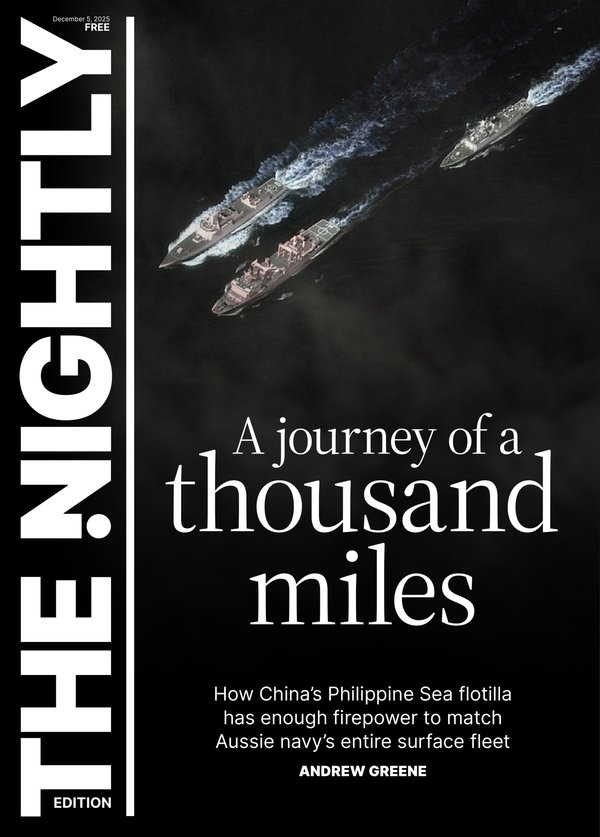Emergencies Minister ‘very confident’ Australia is ready to tackle bushfire season amid LA wildfire shock
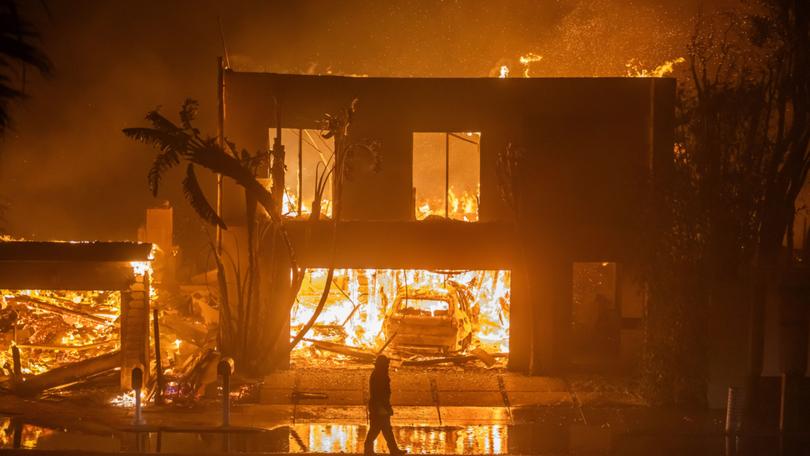
Australia’s Emergency Management Minister has reassured the public the Government is “very confident” the nation has the assets it needs to tackle this year’s bushfire season amid global shock at the apocalyptic wall of flames blazing through Los Angeles.
But the Government is stepping up urgent plans to ensure Australia can cope with an expected rise of climate change-induced firestorm catastrophes, Senator Jenny McAllister told the Nightly.
“We know that we are going to have to prepare for a changing environment,” she said.
Sign up to The Nightly's newsletters.
Get the first look at the digital newspaper, curated daily stories and breaking headlines delivered to your inbox.
By continuing you agree to our Terms and Privacy Policy.“At the moment, we have the resources that our fire chiefs tell us are necessary to meet the level of risk that they assess for this season, but we are constantly evaluating that situation,” she said.
The Government has opened a review – due to be published later this year - into longer term firefighting resources and procurement models, including aerial capabilities. It will take into account the lengthening of fire seasons in the northern and southern hemispheres.
“That review is underway, and it will look at the best model to ensure that we have the aerial firefighting assets that we need to keep Australians safe,” she said.
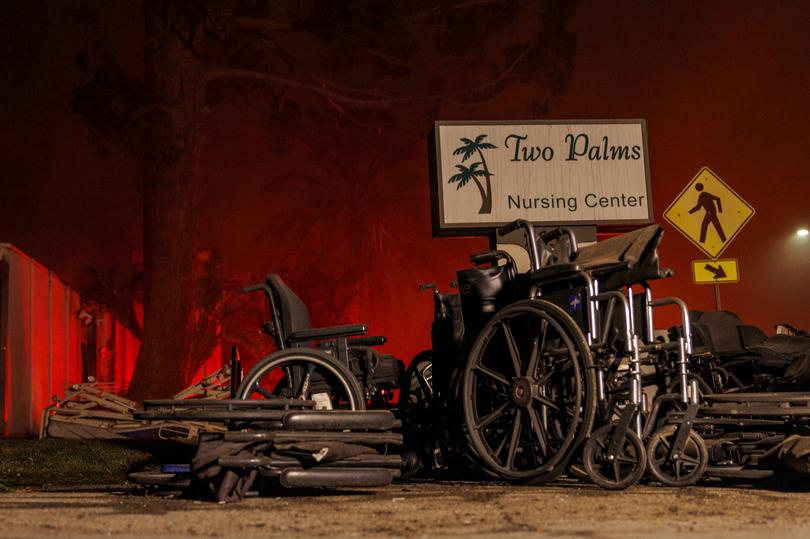
Australians were feeling a lot of empathy and sympathy over the “shocking and heartbreaking” scenes out of Los Angeles, the Minister said.
“The climate scientists have been warning us about this for a long time, and our government takes these warnings very seriously,” added Senator McAllister.
“We came to government understanding that we would need to make additional investments to ensure that the Australian Government was ready to play our part when very serious natural disasters impact our communities,” she said.
“We are very conscious that we’re going to need to continue to evaluate our ability to respond to events of this kind, because all of the science tells us that the fire seasons in Australia are going to be longer and we’re going to experience an increased number and frequency of dangerous fire days.”
The cataclysmic images from Los Angeles this week have hit hard for Dr Barry Traill, a volunteer firefighter and conservationist from Gippsland, who has risked his life tackling some of Australia’s most ferocious bushfires.
“I thought as a firefighter, as someone who’s worked in the bush all my life, after another disaster you’d get used to it,” he said.
“But the scale and the ferocity of it does bring it back and reinforces the increasing risks on average that Australia faces,” he told the Nightly.
Dr Traill, a zoologist who made the 2023 King’s Birthday Honours List for his environmental work, grew up with the ever-present danger of fires in the hot, dry summers of south-east Victoria but noticed a clear shift in the intensity of catastrophic fire conditions around the turn of the century.
His firefighting service has spanned the tragedies that struck Canberra in 2003, killed 173 in Victoria’s “Black Saturday” in 2009, and nearly claimed his life when a burning tree crashed on his truck in Queensland as he tackled the wave of bushfires that swept the nation in the Black Summer of 2019-2020.
“It’s not every year, it’s not all the time, but on average, we’re getting more severe fires more often and the season is extending and everything gets harder because of that,” he said, attributing the worsening fire conditions, including higher temperatures and drought, to climate change.
“In the Black Summer there were too many fires and just not enough firefighters, fire trucks and aircraft overall . . . and that’s the struggle that fire services, volunteers, fire bosses will have more and more,” he said.
“That’s the problem we’ve got as a society of having to deal with climate change causing unprecedented conditions.”
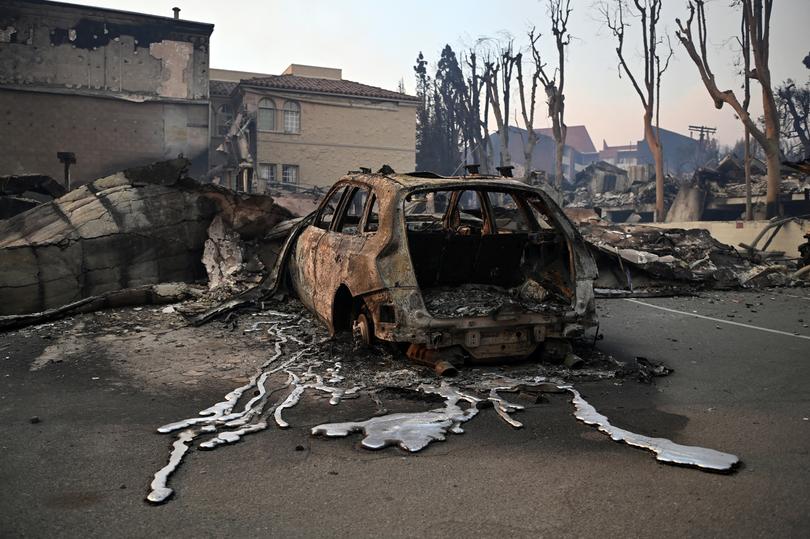
During the Black Summer, the United States loaned Australia aircraft and personnel — a gesture Australia has reciprocated with its own offers of assistance.
But the unseasonal nature of LA’s winter apocalyptic firestorm — a phenomenon experts warn is set to increase — means overlapping fire seasons in the northern and southern hemispheres now reduce the window for US and Australia to have enough resources to support each other’s firefighting efforts.
Canada has deployed 165 urban firefighters, two waterbombers and pilots and an incident management team to assist California’s efforts to tame the fast-moving blaze that has killed ten, razed about 10,000 homes at an estimated cost of over $32.37 billion and forced 180,000 to evacuate.
Australia also “stands ready” to assist the US government, Senator McAllister said although no requests have so far been made.
However, the unusual timing of the worst fire in LA’s history has sparked questions about the sustainability of Australia’s own fleet, which relies on leasing agreements from the US and Canada.
The royal commission into natural disasters after the Black Summer fire season, which left 33 dead, recommended the creation of Australia’s own aerial firefighting fleet, but the Government, after consulting with fire chiefs, opted to continue renting some aircraft.
Senator McAllister said current advice suggested this was the best way to secure a sufficiently flexible fleet to meet the changing fire environment, but stressed these arrangements were under constant review.
The last Government budget committed record funding over the next two years —$48 million annually to lift Australia’s national aerial capacity, funding a Large Air Tanker and lead plane, and three heavy lift multi-use helicopters — two Blackhawks and a Sikorsky S-61N.
The aerial funding also extends the length of time that aircraft are available on the ground.
Australia’s national firefighting fleet is made up of 165 aircraft under a mixture of state ownership and leases. Of the 165, 133 are Australian owned and registered.
The fleet includes 6 large fixed wing air tankers, 17 large rotary wing aircraft (Type 1), 69 median and small rotary wing aircraft (type 2 and 3), 54 fixed wing firebombers and 19 light fixed wing planes.
A spokesperson for the National Emergency Management Agency (NEMA) said the agency had worked with the National Aerial Firefighting Centre (NAFC) to shape the composition of the Fleet for the higher risk weather season and for all types of disasters.
“The current national fleet composition takes into account changes in the market, the northern hemisphere fire seasons and national and international resource sharing,” said the spokesperson.
“Through NAFC, Australia has contracted the mix of aerial firefighting capability that meets our fire risk for this higher risk weather season and the fires in the US will not impact on the current fleet.”
A national annual preparedness plan also coordinates consultation with territory and state fire chiefs to determine seasonal conditions and operational requirements.
Senator McAllister said the national response model was built on collaboration and a capacity to scale up at local, state, national and international levels.
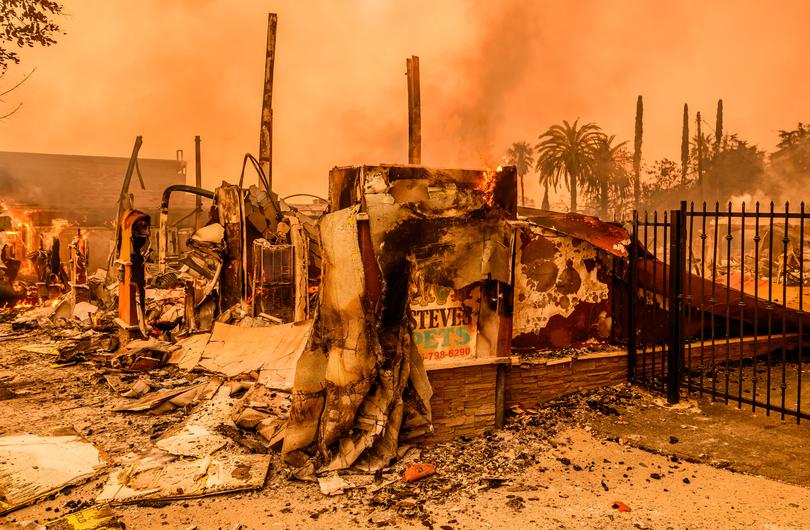
But speaking from Perth on Friday, Prime Minister Anthony Albanese said he was “very conscious” of the wide-ranging impact of the “unseasonal” weather event in Los Angeles, and whether this will limit the US’ ability to help Australia during its fire season.
“It’s one of the issues that we need to be cognisant of. Climate change is real,” he said.
Experts like Professor Mark Howden, from the Australian National University Institute for Climate, Energy and Disaster Solutions, have warned fire catastrophes will only worsen without meaningful action to address the climate crisis.
The conditions that created the LA disaster, including the fierce Santa Ana wind fuelling the flames, were linked to bigger and stronger pressure systems created by the changing climate, he said.
Australia was also impacted by such pressure systems that brought huge amounts of very hot air from a desert type environment down into the south-east corner of the mainland and also Tasmania — causing extreme fire danger.
The country was currently facing scenarios where some years would be drier and hotter than during the 2019-2020 disaster.
“Black Summer looks like it could actually be relatively mild compared with future years when we when we look at the climate projections,” Professor Howden said.
“Unfortunately, whilst we continue to produce lots and lots of greenhouse gasses, climate change will continue to accelerate and will continue to increase the risk of these sorts of extreme events.”

